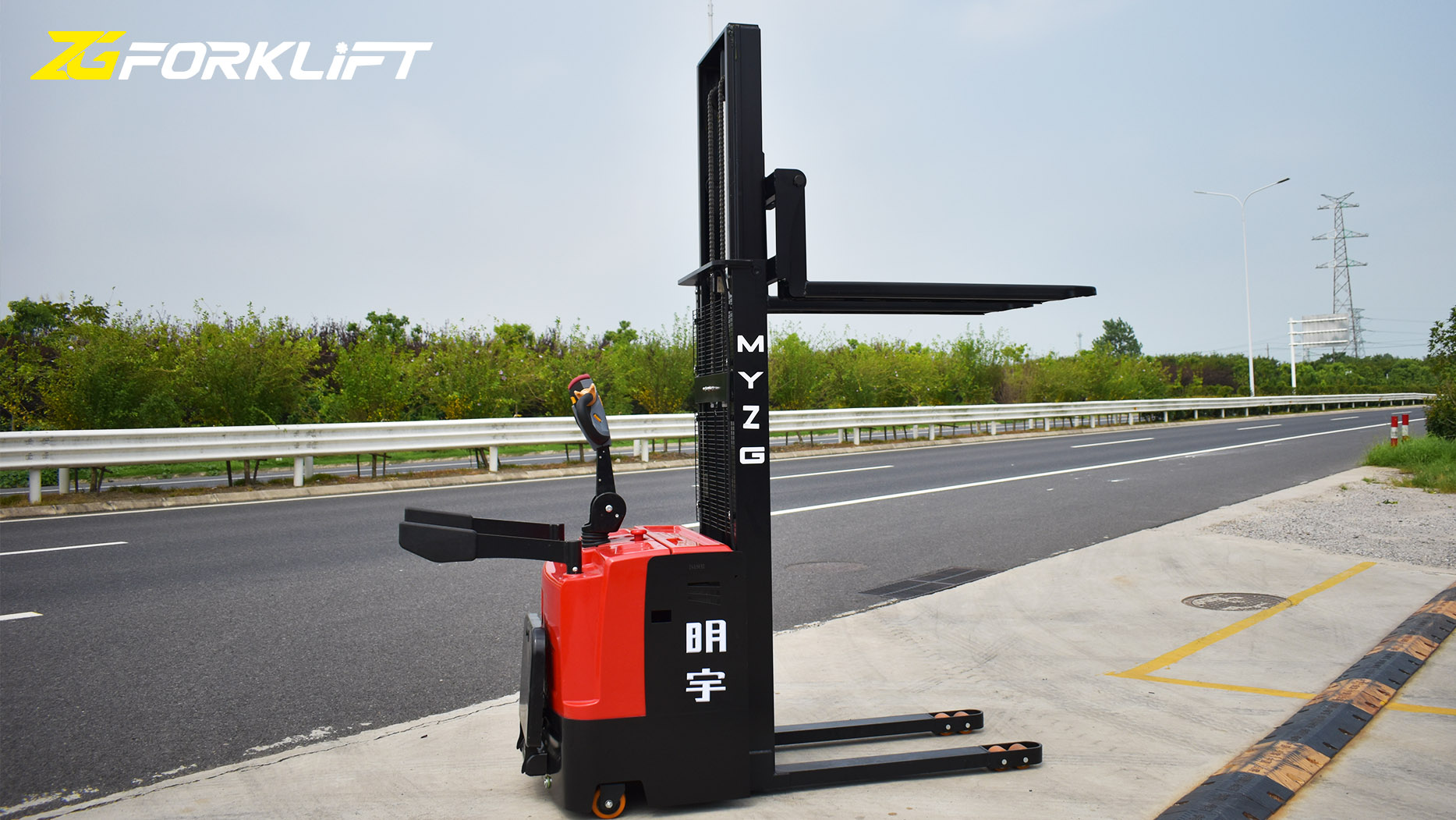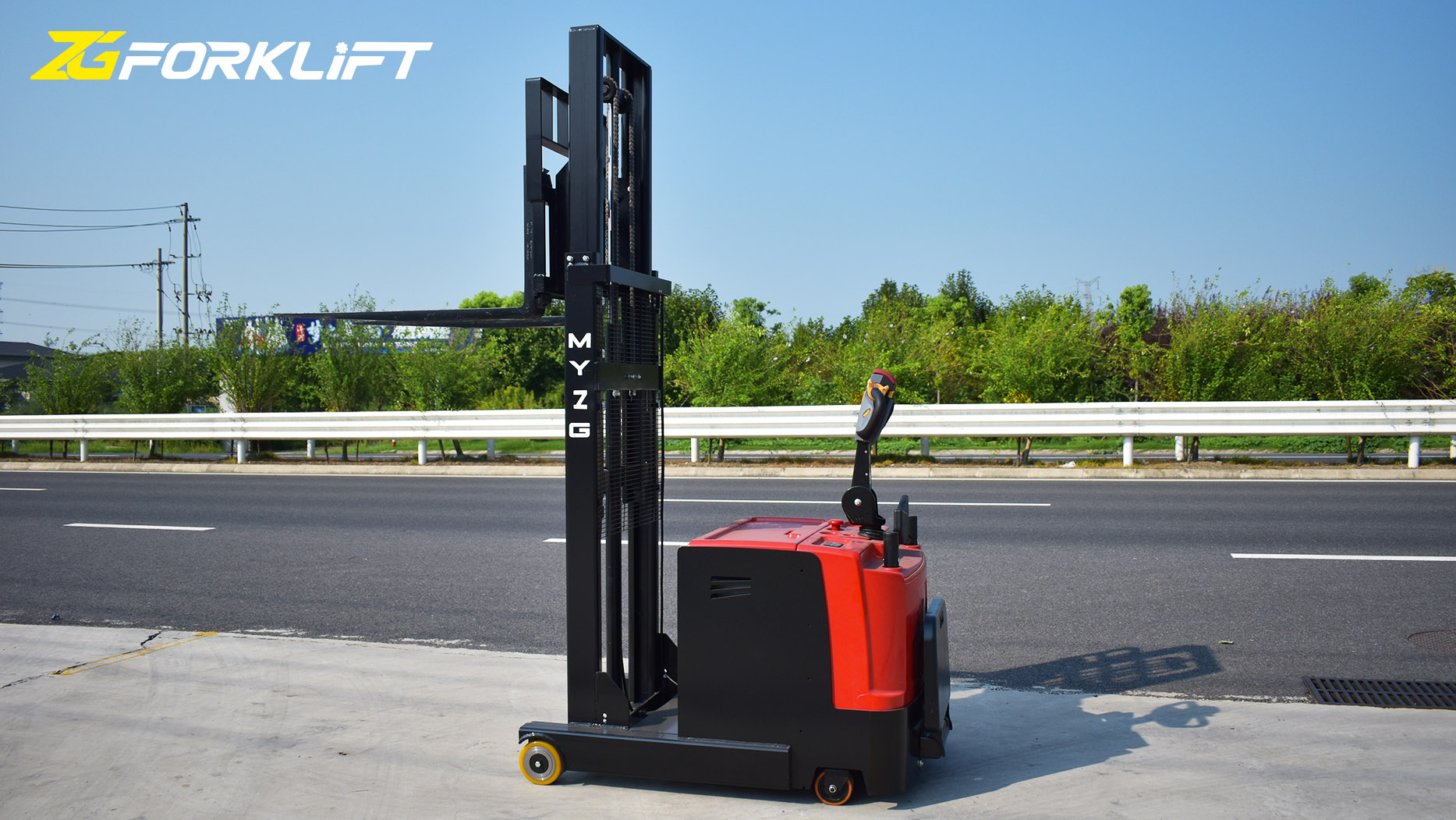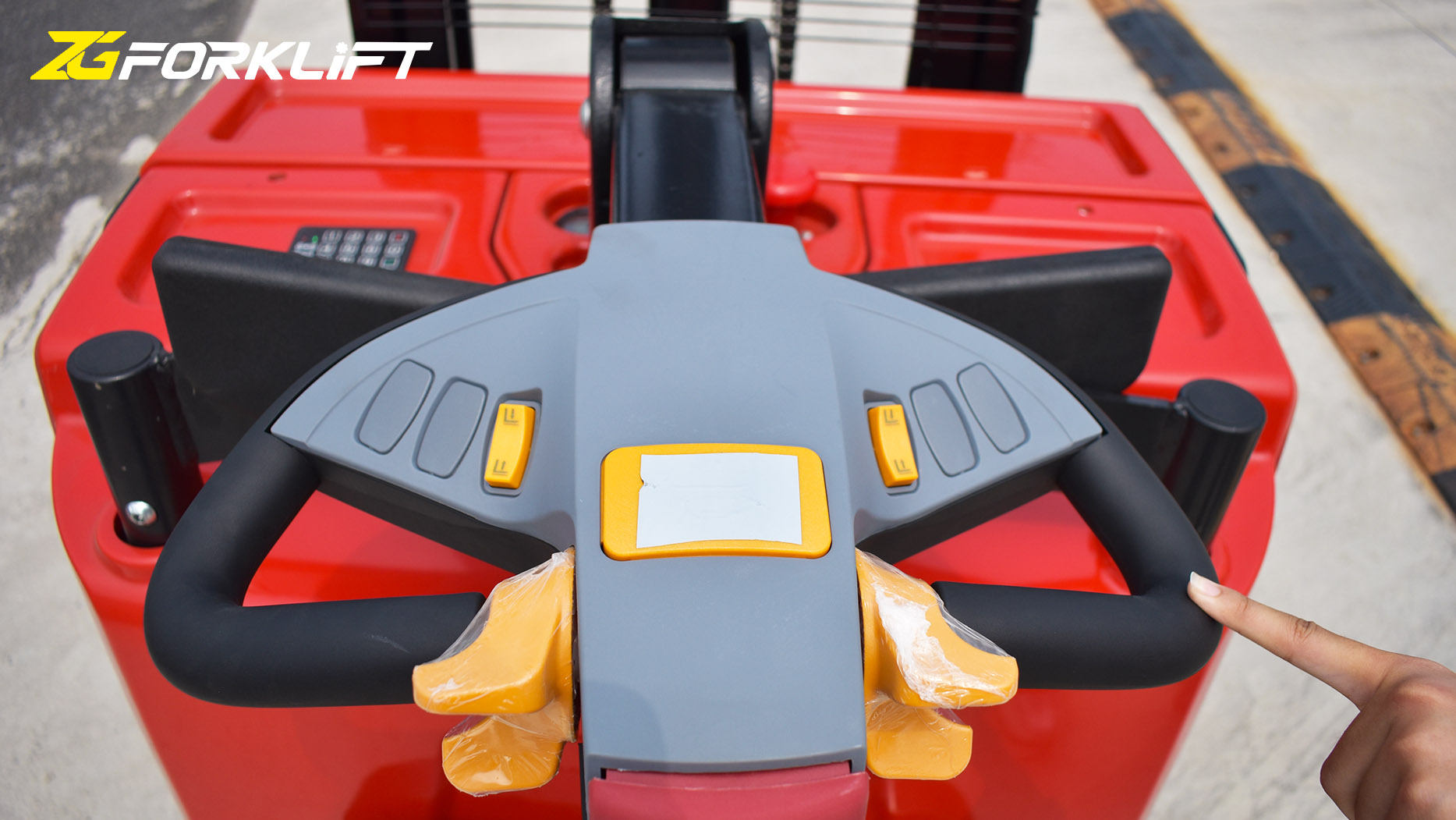The Stacking Truck: A Versatile Solution for Material Handling
The stacking truck, a crucial component of modern warehousing and logistics, is a material handling equipment designed to efficiently lift, transport, and stack palletized goods. This versatile machine plays a vital role in optimizing storage space, improving productivity, and ensuring the safe and efficient movement of materials within various industrial settings. This article will delve into the intricacies of stacking trucks, exploring their design, operation, types, applications, and the factors influencing their selection.
1. Understanding the Stacking Truck
At its core, a stacking truck is an evolution of the traditional pallet truck, incorporating the ability to lift and stack pallets to various heights. This enhanced functionality allows for efficient utilization of vertical space within warehouses, maximizing storage capacity and minimizing floor space requirements.
2. Key Components of a Stacking Truck
Chassis: The foundation of the truck, providing structural support and housing the drive system and other components.
Forks: These extend from the front of the truck and are used to engage and lift pallets.
Mast: A vertical column that allows the forks to be raised and lowered, enabling the stacking function.
Drive System: This can vary depending on the type of stacker. Common options include manual hand pumps, electric motors, and internal combustion engines.
Steering Mechanism: Enables the operator to maneuver the truck within the warehouse or storage area.
Controls: These can include levers, joysticks, or buttons to control lifting, lowering, steering, and other functions.
Wheels: Typically made of rubber or polyurethane, providing smooth and stable movement on various floor surfaces.
3. Operating Principles
The operation of a stacking truck is relatively straightforward, though specific procedures may vary depending on the model and type.
Engaging the Pallet: The operator guides the forks under the pallet and engages the lifting mechanism.
Lifting: The operator activates the lifting mechanism, elevating the pallet to the desired height.
Transporting: The operator steers the truck to the designated location, transporting the loaded pallet.
Stacking: The operator raises the pallet to the desired height and carefully positions it within the storage rack.
Lowering: The operator lowers the forks to ground level, preparing for the next pallet.
4. Types of Stacking Trucks
Stacking trucks come in various configurations to suit different needs and applications:
Manual Stackers: These are the most basic type, relying on manual effort to lift and lower the pallet. They are typically more affordable but require significant physical exertion from the operator.
Electric Stackers: Powered by rechargeable batteries, these offer greater ease of use and faster lifting speeds. They are ideal for applications involving frequent lifting and transporting.
Semi-Electric Stackers: These combine features of both manual and electric stackers. The lifting function is typically powered by an electric motor, while the travel function may be manual or powered.
Reach Trucks: These specialized stackers have telescopic forks that can reach into narrow aisles, maximizing storage space utilization.
5. Applications of Stacking Trucks
Stacking trucks find widespread application in a variety of industries, including:
Warehousing: Loading, unloading, and stacking goods within warehouses and distribution centers.
Manufacturing: Moving materials between workstations and transporting finished goods.
Retail: Stocking shelves, moving merchandise, and loading and unloading delivery vehicles.
Logistics: Handling goods in shipping and receiving areas, and preparing orders for shipment.
Agriculture: Moving and stacking produce, feed, and other agricultural materials.
6. Factors Influencing Stacking Truck Selection
Several factors must be considered when selecting the appropriate stacking truck for a specific application:
Load Capacity: The weight of the heaviest pallets that will be handled.
Lift Height: The maximum height required to reach storage racks.
Travel Distance: The distance the truck will need to travel within the work area.
Frequency of Use: The number of pallets that need to be handled per day or shift.
Budget: The cost of the truck, including purchase price, operating costs, and maintenance expenses.
Operator Skill Level: The complexity of the truck's controls and the operator's experience.
Work Environment: The size and layout of the work area, and the types of floors encountered.
7. Technology Advancements in Stacking Trucks
Modern stacking trucks incorporate advanced technologies to enhance performance, efficiency, and safety:
Electronic Controls: Advanced electronic controls provide precise control over lifting and lowering functions, improving accuracy and reducing the risk of damage to goods.
Battery Management Systems: Intelligent battery management systems optimize battery life and minimize downtime.
Ergonomic Design: Improved ergonomics, such as adjustable handles and comfortable operator compartments, enhance operator comfort and reduce fatigue.
Safety Features: Built-in safety features, such as load backrests and emergency stop buttons, minimize the risk of accidents.
Telematics: Telematics systems provide real-time data on truck location, operating hours, and battery status, enabling fleet management and predictive maintenance.
8. Maintenance and Safety Considerations
Proper maintenance is crucial for ensuring the optimal performance and longevity of a stacking truck. Regular maintenance checks should include:
Battery checks: Checking battery charge levels and ensuring proper charging procedures.
Hydraulic system checks: Checking for leaks and ensuring proper fluid levels.
Tire checks: Checking for wear and tear and maintaining proper tire pressure.
Safety checks: Checking the condition of safety features and ensuring all safety devices are functioning correctly.
Safety is paramount when operating a stacking truck. Operators must:
Be properly trained and certified.
Wear appropriate personal protective equipment (PPE), such as safety shoes and gloves.
Be aware of their surroundings and avoid hazards.
Follow all safety procedures and operating instructions.
9. Future Trends
The future of stacking trucks is likely to be shaped by several key trends:
Increased Automation: Continued development of autonomous and semi-autonomous systems will further enhance efficiency and safety.
Improved Sustainability: Focus on reducing energy consumption and minimizing environmental impact through the development of more energy-efficient
Post time:Dec.30.2024



